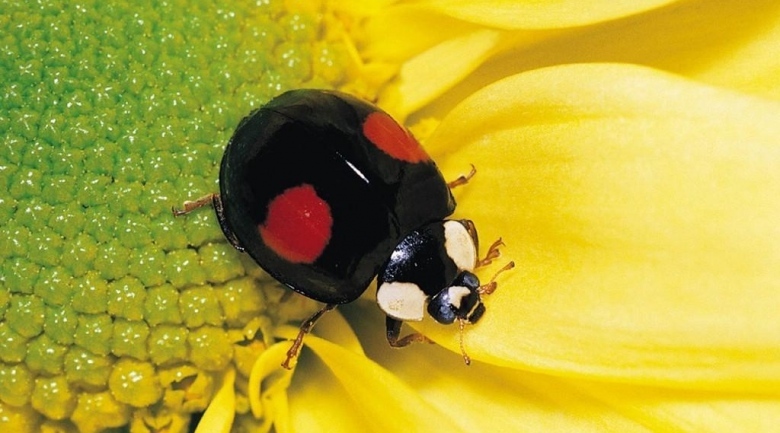
The total number of unique species on Earth may be as mind-bogglingly high as 1 trillion. Granted, the vast majority of those are microscopic organisms, but still, that number makes the Digital Life project’s goal, to make 3D scans of every kind of living animal, sound ridiculously ambitious.
Nevertheless, the team believes that digitally preserving the biodiversity of the planet is increasingly important. To reach that lofty goal, scientists at the University of Massachusetts Amherst are using an array of 30 cameras they call the Beastcam. This contraption is made up of 10 fixed arms with three Canon G16 cameras attached to each one, and a platform in the middle for the subject to sit on, or where that’s not possible, a more portable, handheld version can be passed over the animal to take the shot. All of the cameras take photos of the animal simultaneously, before off-the-shelf software stitches them together into a 3D model.
"We are excited to use the Beastcam technology to preserve the digital heritage of all life on Earth," says Duncan Irschick, the biologist leading the team. "This will take several lifetimes, but we are thrilled to begin the journey. Digitally preserving the heritage of life on Earth is especially important given the rapid decline of many species, and this technology can recreate organisms in a way that has never been done before."
So far, the Beastcam has mostly been used on creatures like toads, lizards, scorpions and sharks, but the team says it can be scaled up or down to cover a wide range of animals. That said, we can’t really see it working on a blue whale or a protozoa in its current form.
Like the University of Washington project aiming to scan the skeletons of all 25,000 known fish species, Irschick and his team are planning to upload the models to an online repository at Digital Life, where they will be freely available for educational, creative and not-for-profit use.
To help expand the library, the team is working with zoos, scientists and other organizations to gain access to subjects for scanning, starting with an endangered species of frogs and sea turtles.
